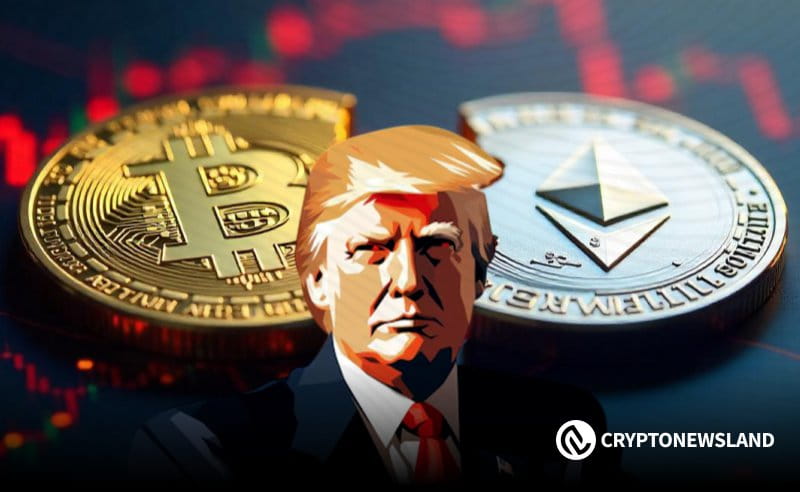
The GENIUS Act gives stablecoin issuers clear rules and requires full reserves for coins in circulation.
The law ends years of uncertainty and sets a federal path for crypto oversight in the United States.
Market gains follow the law as investors see new clarity and stronger confidence in digital assets.
President Donald Trump has signed the GENIUS Act into law, officially enacting the first federal cryptocurrency regulation in the United States. The bill introduces a regulatory framework around stablecoin issuers and platforms like Tether, Circle, and Ripple.
https://twitter.com/RapidResponse47/status/1946282141618200962?s=19
It also mandates issuers to retain reserves of an amount that is equal to the coins in circulation. The move terminates years of uncertainty in the sector and establishes the future tone of crypto-regulation.
The GENIUS Act cleared the House with bipartisan support. There was wide political consensus with 308 lawmakers voting in favor of the bill. It follows increased scrutiny by the SEC under the Biden administration. That period saw multiple enforcement actions against major crypto firms. With the GENIUS Act, stablecoin issuers now know what is expected of them under federal law.
Momentum Builds for Broader Crypto Framework
Alongside the GENIUS Act, two other bills—CLARITY and the Anti-CBDC Act—passed the House and now head to the Senate. These measures aim to further shape digital asset rules in the United States. The GENIUS Act offers the first piece of a larger framework that could eventually cover custody, trading platforms, and market structure.
The legislation has also provided a timeline. The White House set a September 30 deadline for market structure rules. This creates urgency for lawmakers and regulators. Industry participants now anticipate further guidance to help institutions adopt digital assets more broadly.
Industry Reacts as Markets Rally
News of the GENIUS Act’s passage drove positive sentiment across the crypto markets. Bitcoin and Ethereum recorded gains following the announcement. Market participants linked the rally to increased clarity on regulation. Investors view this as a critical turning point for long-term confidence in the sector.
Altcoins like XRP and DOGE also saw increased activity. Analysts noted that clear regulation helps institutions manage risk more effectively. With defined rules, firms can categorise assets, use approved platforms, and offer consumer protections.
Global Alignment on Digital Asset Oversight
The United States now joins a global push to regulate cryptocurrencies without halting innovation. Europe’s MiCA framework already governs crypto activities across EU nations. Countries like Japan, Singapore, and South Korea are also refining their digital asset laws. Each nation takes a different approach, but all aim to balance growth with accountability.
The GENIUS Act places the US on a path toward similar integration. It lays the foundation for financial firms to use stablecoins in payments, DeFi, and cross-border transactions. This new law signals a shift from enforcement to structured oversight, giving the US a clearer role in the global crypto economy.


